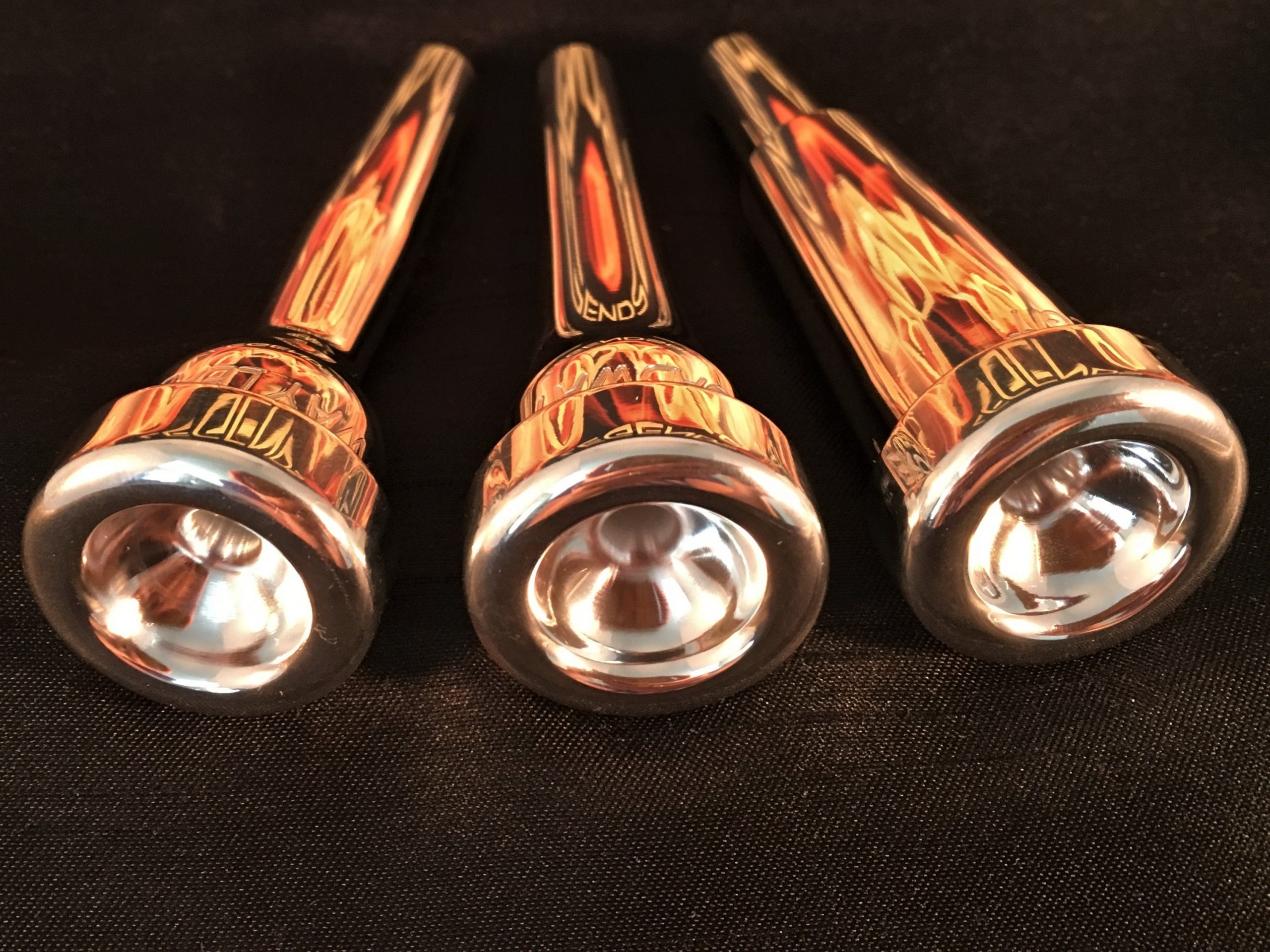If you are new to Legends Brass, you might wonder where to start. Everyone wants to sound their best: solid core of sound, reliable slotting, plenty of endurance, and the ability to easily reach the upper limits of range. That’s not too much to ask! But when you get into the details of rim diameter, cup depth, backbore and blank, well, things can get confusing. It gets worse if you try to compare mouthpieces from different manufacturers, each with their own systems for naming and different theories on which design elements are most important.
Here are some simple guidelines to get you started choosing the Legends Brass Mouthpiece that’s right for you:
1. First Choose your rim and cup. Determine the inside diameter of the mouthpiece you currently play. (Measure it with a ruler, or look up the specs online.) Look for a Legends model with an inside diameter no more than 0.015″ larger or smaller than what you play now. Keep in mind that a rim with undercut will feel slightly larger than it actually is. Smaller inside rim diameters and more shallow cup depths are used for upper register and solo/lead playing, while larger inside rim diameters and deeper cup depths are used for darker, more mellow and blended sound, such as with jazz or symphonic music.
Also helpful: Legends Brass has used “industry standards” and recognizable labels wherever possible. For example, our cup depths are comparable to Bach cup depths: A=deep, B=medium deep, C=medium, D=medium shallow, E=shallow, and F=extra shallow.
2. Next choose your backbore. Generally speaking, tighter backbores are used for a brighter sound, with more sizzle, and more open backbores are used for a more mellow, or jazz sound.
3. Finally, choose your blank. Usually, lighter mouthpieces are used for upper register and solo/lead playing. Heavier mouthpieces are used for more blended, orchestral and/or jazz playing.
Standard models are the best place to start. Custom designs are usually for the more advanced player who knows his or her own specific needs.
Don’t over-think it! These aren’t hard and fast rules. Obviously, each player’s embouchure and playing style are unique. Each person’s sound will be affected differently by each element of the mouthpiece.
As always, we are here to help. We look forward to doing business with you!









